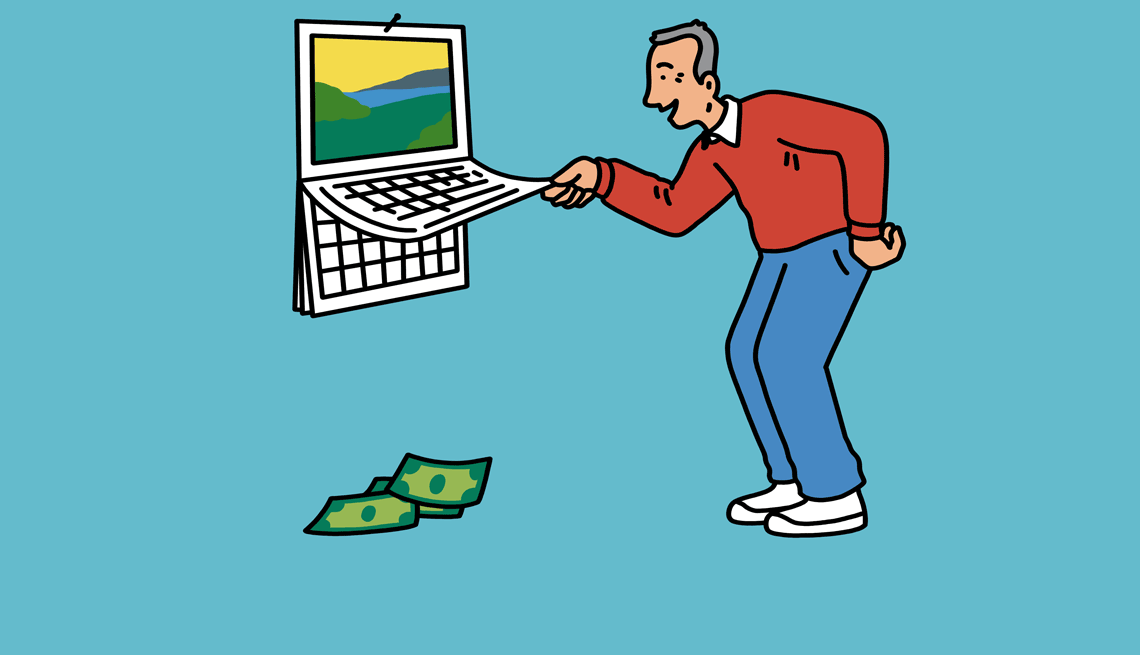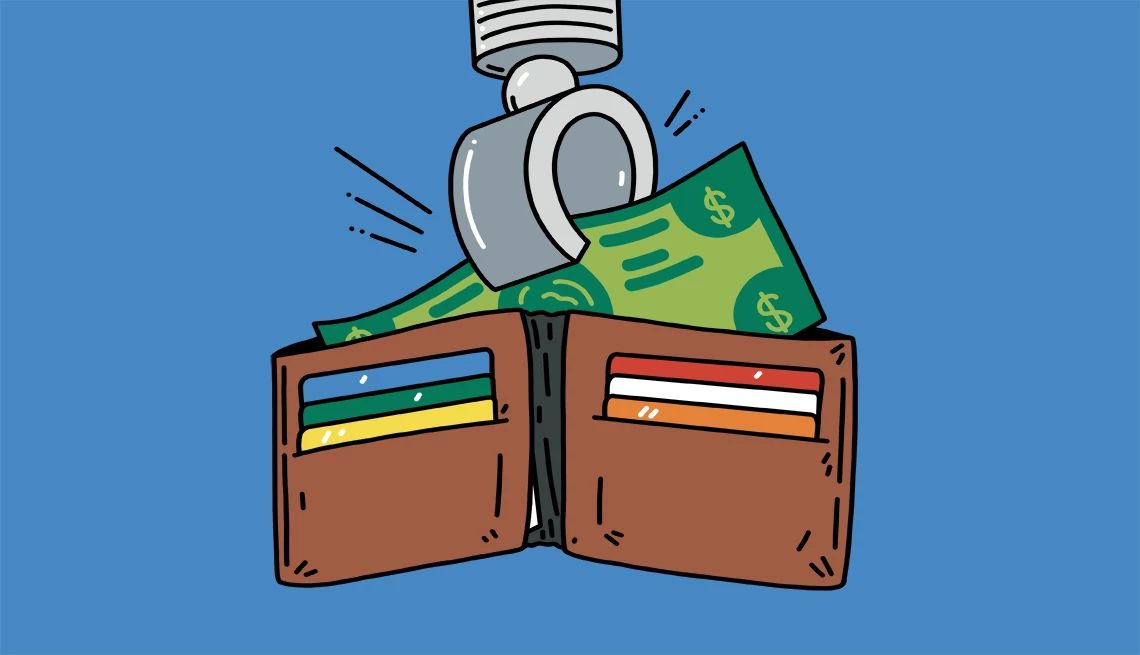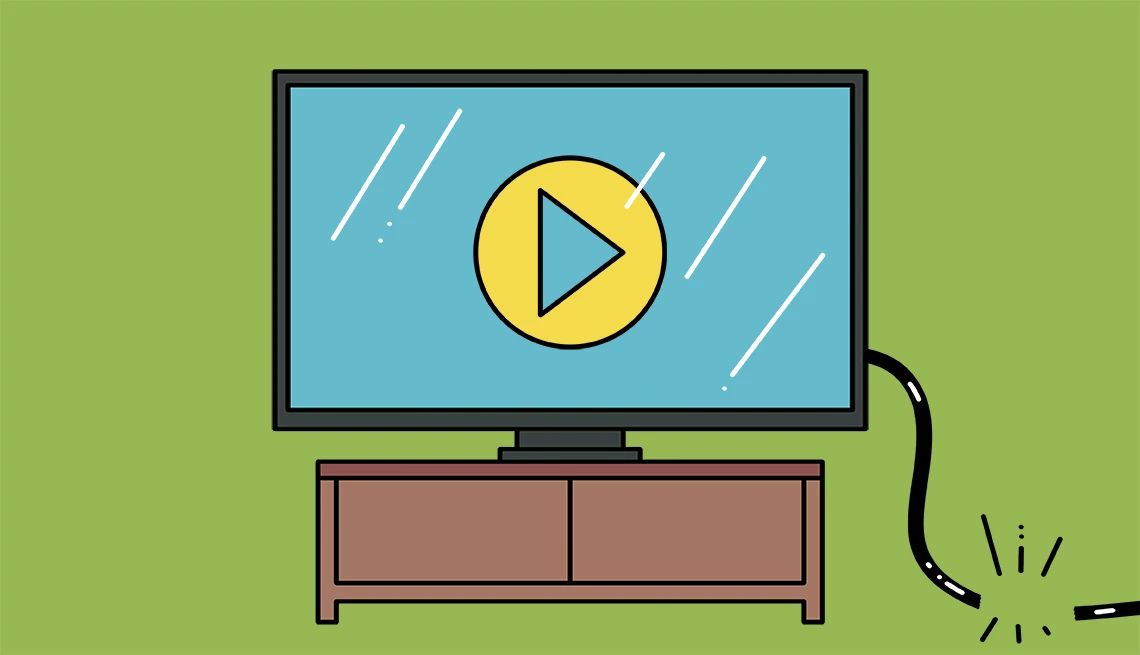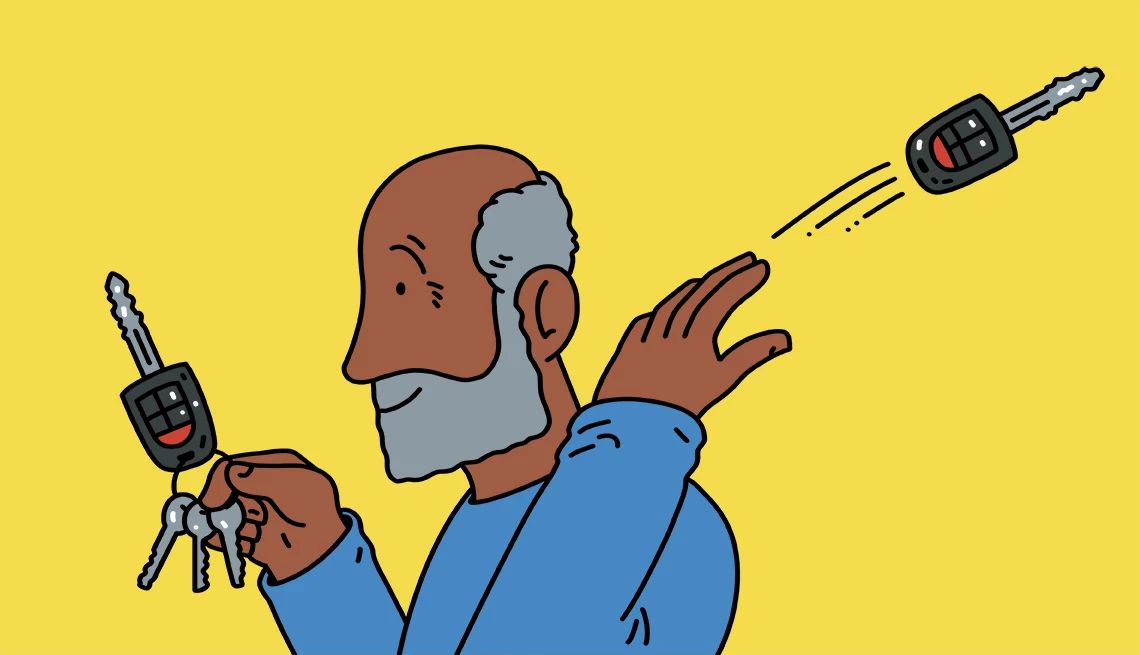AARP Hearing Center


Even after inflation spikes subside, your cost of living never seems to go down, does it?
Half of Americans surveyed in June 2024 by TD Bank said that although inflation had slowed, nearly a third had been cutting back due to concerns about the economy, and 42 percent had altered their financial priorities in the past year. Inflation has hit older Americans particularly hard, with nearly a quarter of those age 55 and older taking about $3,600 more out of their savings in 2023 than they did in 2021.
But there are ways to make it easier on yourself — and they may be less painful than you think.
“You can reduce your monthly bills without sacrificing your lifestyle,” says budgeting consultant Andrea Woroch. “A lot of people think saving money means they have to do less, spend less and make sacrifices, but often we’re paying for services we don’t need, don’t use or are just simply missing out on ways to get the same service for less.” Not sure where to start or what you can do that will make a big difference in your monthly bills? We have 25 ways to get you started.
1. Stop paying for subscriptions you don’t use
More than half of consumers are paying for at least one subscription that they’re not using, according to a 2024 survey conducted by YouGov. Those unused subscriptions are likely costing more than you think: A 2022 study found that consumers were spending 2.5 times more on subscriptions than they realized. A new “click-to-cancel” rule should soon make it easier to drop unwanted subscriptions; the requirement is for companies to make it as easy to cancel those subscriptions as they are to sign up for. In the meantime, find them by searching your credit card and bank statements, as well as the “subscriptions” folder in the settings on your smartphone.
2. Ask for a lower rate
The best way to do this, whether you’re calling your cable provider or your home security system company, is to tell the automated robot answering the customer service line that you want to cancel your service. The folks who work in the loyalty or retention department often have more leeway to lower your price than those in customer service, says Barry Gross, founder and president of the bill-negotiation app BillCutterz.
Gross sets a calendar alert to remind himself to reach out to service providers and ask for a break every six months, but if his rate goes up before then, he calls right away. “Service providers offer new discounts about every 60 to 90 days, but the public will rarely hear about these,” he says. “Sometimes they are substantial discounts.”
3. Pay annually instead of monthly
If you have the cash to cover it, providers may offer a discount if you can pay in full for six months or a year of service upfront. Amazon Prime, for example, charges $14.99 per month, but you can get a full year’s membership for $139, a savings of about $40. Meanwhile, an annual subscription to Hulu’s ad-supported service costs $100, 17 percent less than the monthly plan. But streamers aren’t the only providers with this type of discount: For example, a one-year AAA membership in Oklahoma City costs $76 if you pay monthly but $49 if you pay annually.
4. Investigate all your workplace benefits
More than half of employers have expanded the voluntary benefits their employees can opt into, and more than 60 percent plan to expand them further going forward. From reimbursing you for gym membership or commuting costs to providing access to discounted group pet insurance or cellphone plans, taking advantage of such offerings can help reduce your bills across a variety of categories. Check with your HR or benefits department to learn which perks are available. Keep in mind that you may be able to sign up for some of them only during your annual open enrollment period.


5. Sign up for autopay
Some vendors, including cellphone carriers and cable providers, give a discount to customers who sign up to have their bill payment automatically deducted from their bank account on a specific date. For example, Verizon was recently offering $10 off per month for home internet and TV customers who enrolled in autopay.
Even though you don’t have to log into an account every month to pay your bill, you should make sure you’re still getting email alerts and regularly check it for billing errors or any new fees.
6. Inquire about military discounts
Many service providers offer discounts to active-duty military, the families of active-duty service members or veterans. For example, Chase waives the $25 monthly service fees on its Premier Plus Checking Accounts for military members and veterans, while Sirius XM satellite radio offers 25 percent off bills for life.
7. Grocery shop on senior discount days
Many supermarkets pick one day or one morning per week to extend an additional discount (often around 5 to 10 percent off your bill or specific items) to shoppers over a specific age. Ask your grocer if they have such a program, and set a reminder in your calendar to take advantage of it.
8. Ask about the cash price for generic prescriptions
In some cases, these drugs cost less when you pay completely out of pocket instead of using insurance along with your copay. In addition to asking your regular pharmacy about the non-insurance price, you might consider using a pharmacy discount card such as GoodRx. Some new pharmacies offering low-priced generics are cash-only, meaning they don't take insurance at all; check to see if there’s one in your area.





































































You Might Also Like
Till Debt Do Us Part
One woman’s story of money lies, secrets and divorce
25 Great Ways to Maximize Travel Reward Points
Tips to help you manage hotel, airline and credit card award systems
Take These 7 Money Rules with a Grain of Salt
Some financial advice may sound right on the surface but could do you harm